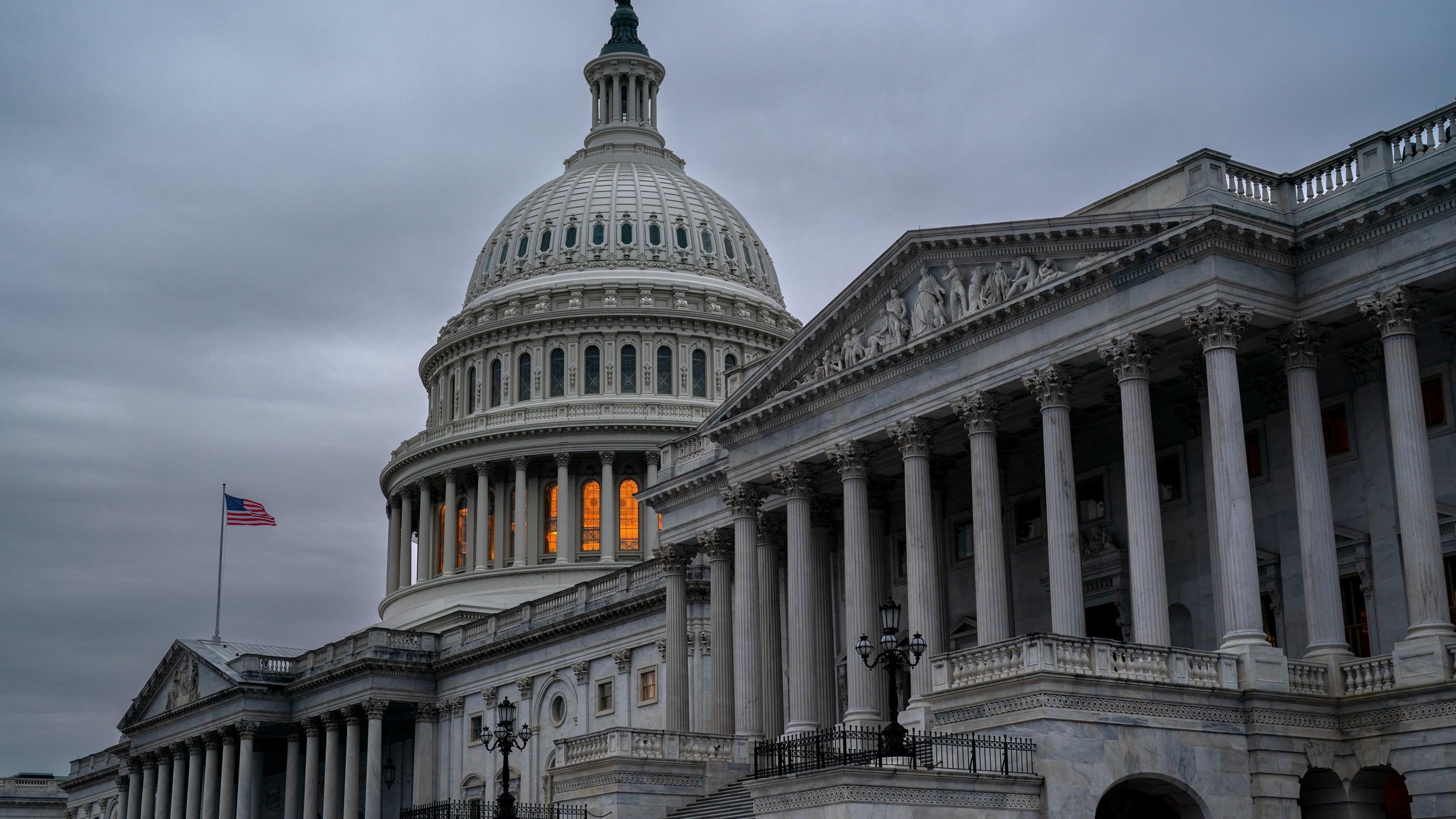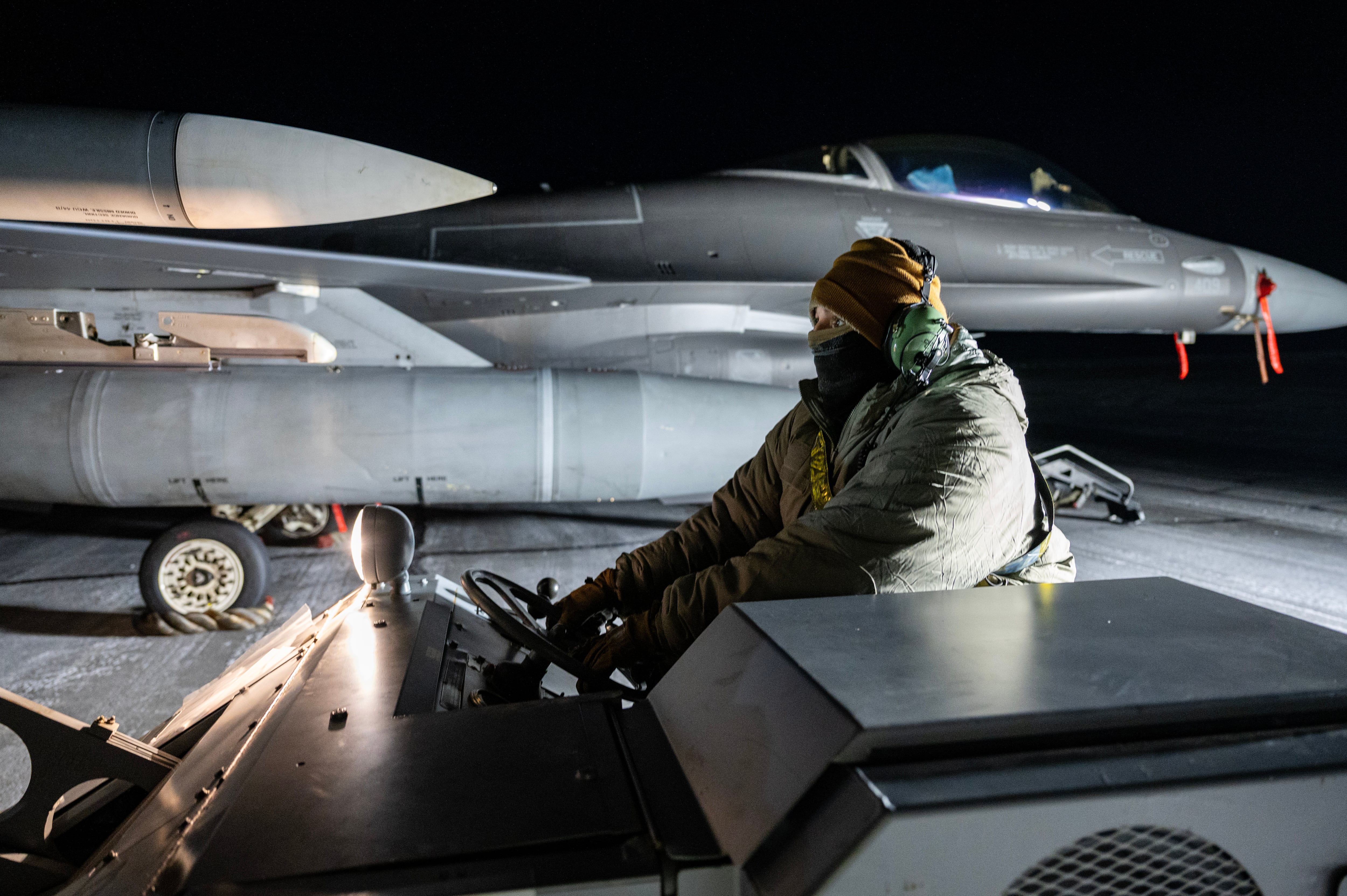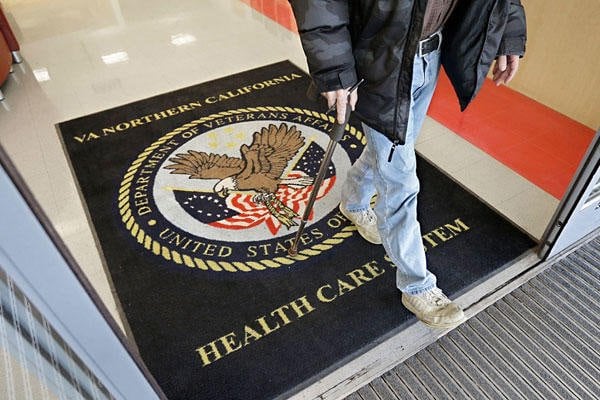Service members’ decisions on whether or not to get vaccinated vary significantly between different demographic groupings, according to a new military study. In addition to race, ethnicity, and age, researchers found that initiation of the vaccine process varied by branch of service, occupational specialty, and level of education.
Between the four military branches, the Army had the lowest rate of vaccination. Marines were 52 percent more likely to get vaccinated than soldiers. Sailors and airmen were respectively 45 percent and 15 percent more likely.
Black service members were least likely to choose to receive the COVID-19 vaccination, as well as female service members and those with lower ranks and education levels. Research surveying the civilian population also suggests high rates of vaccine hesitancy among Black Americans.
During the term of the study, 29 percent of white service members initiated the vaccine process, while only 25.5 percent of Hispanic and 18.7 percent of Black service members across the military chose to do so.
“This suggests that forces external to the U.S. military, such as interpersonal and societal factors, also contribute towards vaccine hesitancy among military service members, as has been suggested for other disease processes,” the study stated. “Military leadership and vaccine planners should be knowledgeable about and aware of the disparities in vaccine initiation.”
Researchers tracked the medical data of all active duty service members from December 2020 through March 2021. During this time, 361,538 service members, or 27.2 percent of the active-duty military, received at least one dose of the COVID-19 vaccine.
The study was published in the April edition of the Medical Surveillance Monthly Report, the military’s peer-reviewed medical journal.
RELATED
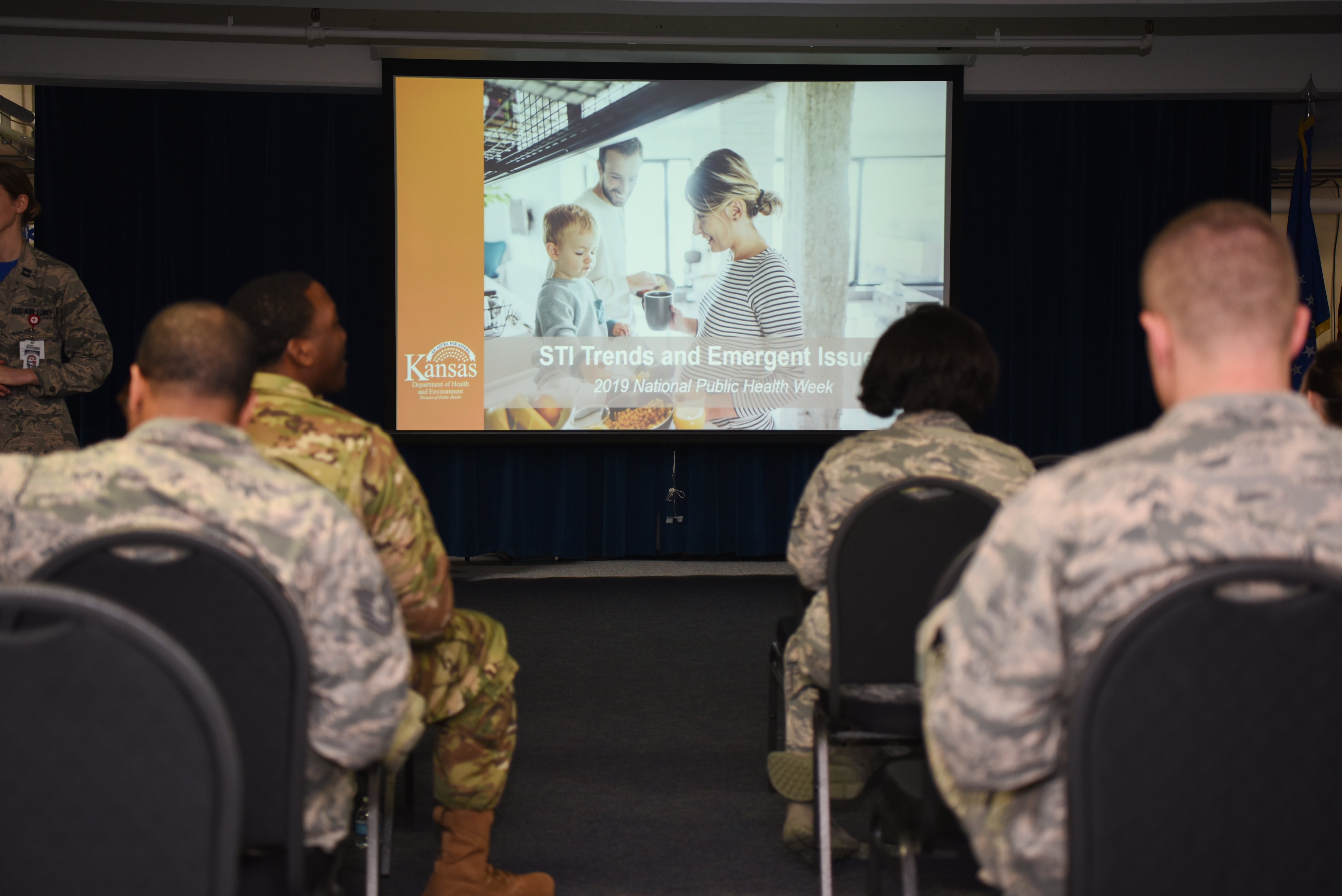
When analyzing completion of the vaccine process, researchers only looked at the 181,127 service members who had received their first dose prior to Jan. 29, 2021. Of these service members, 93.8 percent received a second dose within six weeks of their first.
Service members who had previously contracted COVID-19 were 20 percent less likely to get vaccinated.
RELATED
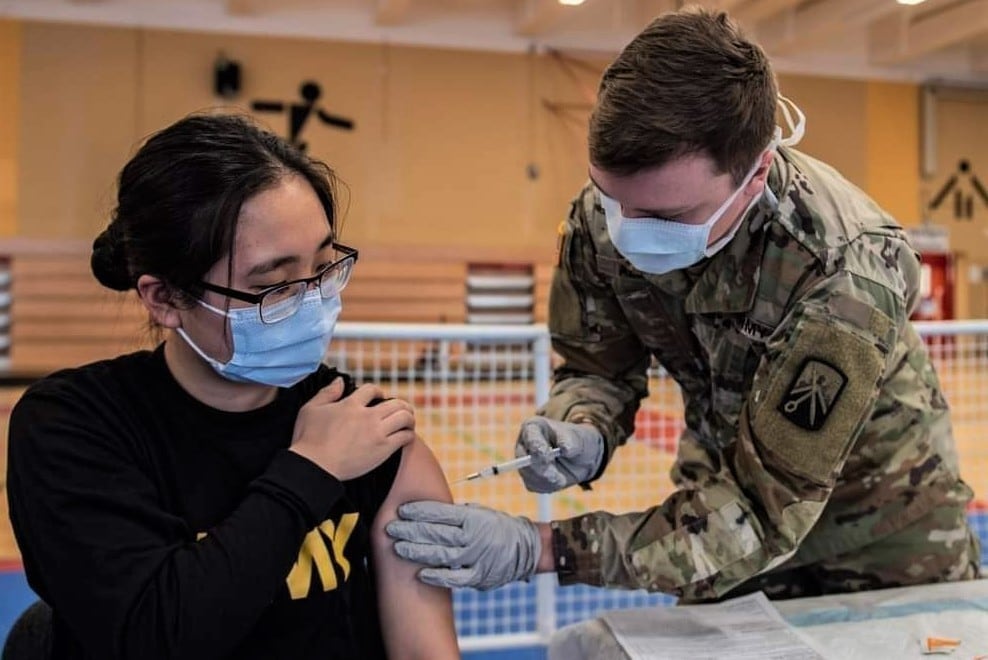
No significant differences were observed between demographic groupings for completion of the vaccine after receiving a first dose, but soldiers did complete their vaccinations at a slightly lower rate.
When broken down by occupational specialty, data showed that motor transport specialties had the lowest rates of vaccine initiation, whereas pilots and healthcare workers were most likely to choose to get vaccinated.
Of the 110,456 health care personnel serving on active duty at the time of the study, 55 percent initiated at least one dose of the vaccine.
As of May 17, 715,936 service members are fully vaccinated, and 308,127 have received at least one dose, according to the DoD’s publicly available numbers.
Army officials announced on Wednesday that their medical treatment facilities had administered more than 1 million doses of the vaccine.
Harm Venhuizen is an editorial intern at Military Times. He is studying political science and philosophy at Calvin University, where he's also in the Army ROTC program.


